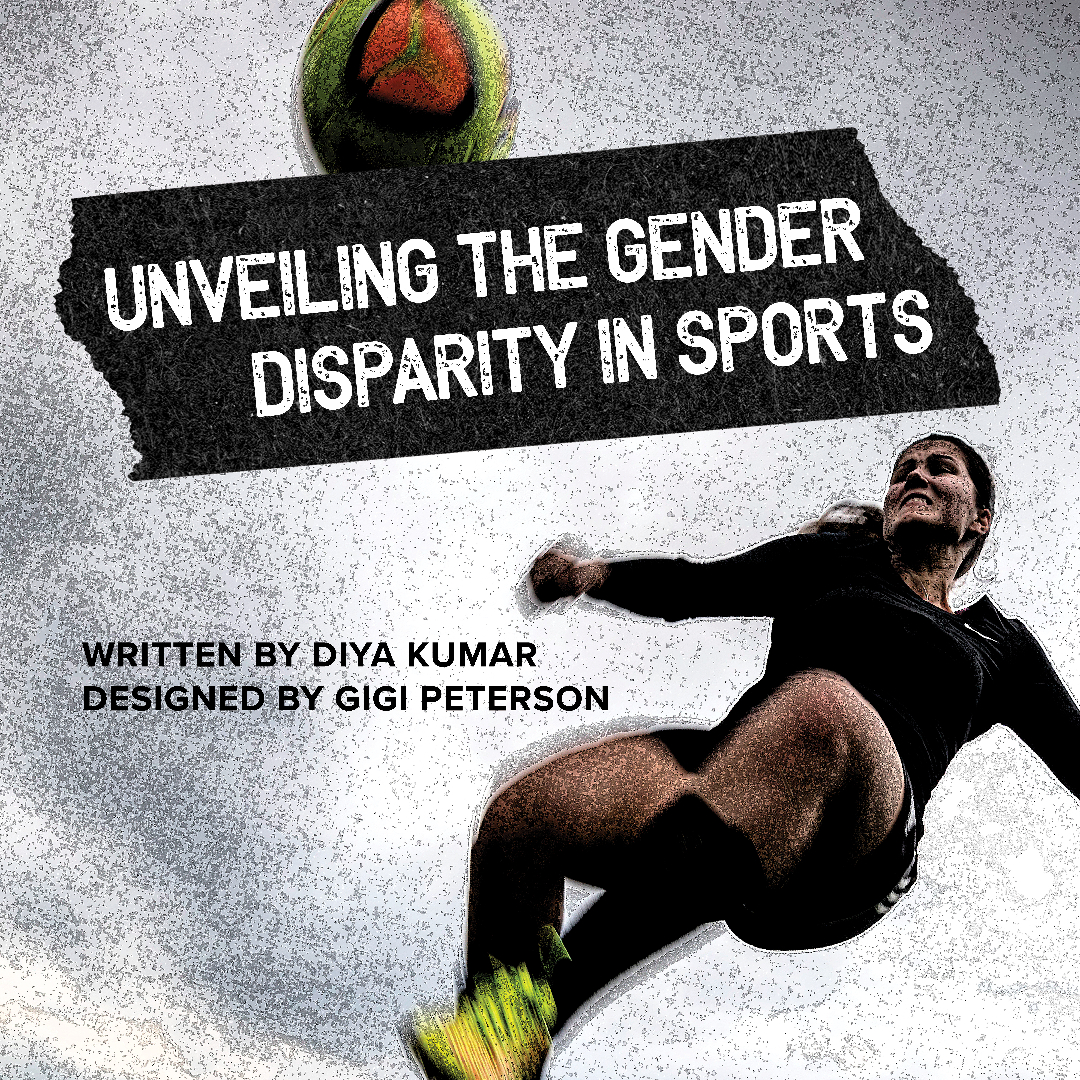
The Olympic Games in ancient Greece stand as one of the earliest instances of tournament-based sporting events; women, however, were not allowed to compete in these events. Furthermore, unmarried women were not even allowed to attend the games. Despite the centuries that have passed, as we observe various college sports we still see the disparity in attention given to women compared to their male counterparts in the realm of sports.
Let’s make one thing clear: this has nothing to do with the skill of athletes of either gender. Many male and female athletic teams alike have led their schools to glory. Both are talented and hardworking.
The largest factor that influences the difference between men’s and women’s sports is the media, which has greatly influenced women’s sports visibility. Historically, men’s sports have received more coverage by news outlets, therefore allowing fans to follow them without struggle. Female sports have been underrepresented.
For March Madness, the men’s division is considered the “actual sport” by the media. The women’s sport is simply sidelined, cast aside as unimportant. The NCAA tournament for men last year was held in a stadium with 11,000 seats. The NCAA tournament for women was held in a ballroom. Small differences in this event were highlighted — the swag bags, the weight rooms and more. This is just the tip of the iceberg.
I vividly remember being in San Diego the weekend of March Madness last year and the rioting at San Diego State University, one of the final four, on campus. Students went absolutely wild. The entire city was watching the game. Every single sports bar was playing it. I have never witnessed the same level of interest or passion for a women’s sporting event.
March Madness is just a single sporting event but it represents the grander scheme of things, the larger problem. At Northeastern, the difference between the men’s and women’s hockey teams is easy to notice. The men’s hockey team has double the amount of followers on Instagram. It’s a small thing, but social media is everything and perception hinges on these numbers.
The NCAA has been transparent in one fact — they prioritize the money they make from athletes, not the playing quality or the potential. The entire concept of college sports isn’t based on how talented you are. It is solely based on how much money you are likely to make for the NCAA. It’s a biased system, inherently putting women in the NCAA at a disadvantage. The NCAA is paid by CBS and ESPN to broadcast various players and games. However, they make much more from CBS (which broadcasts men’s sports) vs ESPN (which broadcasts women’s sports).
The story of unequal treatment and recognition in the world of sports, as illustrated through the lens of the NCAA and events like March Madness, underscores the urgent need for gender equality and fairness in sports. While progress has been made, it is clear that significant steps are still required to ensure that athletes, regardless of gender, recieve equal opportunities, recognition and support in their sport.